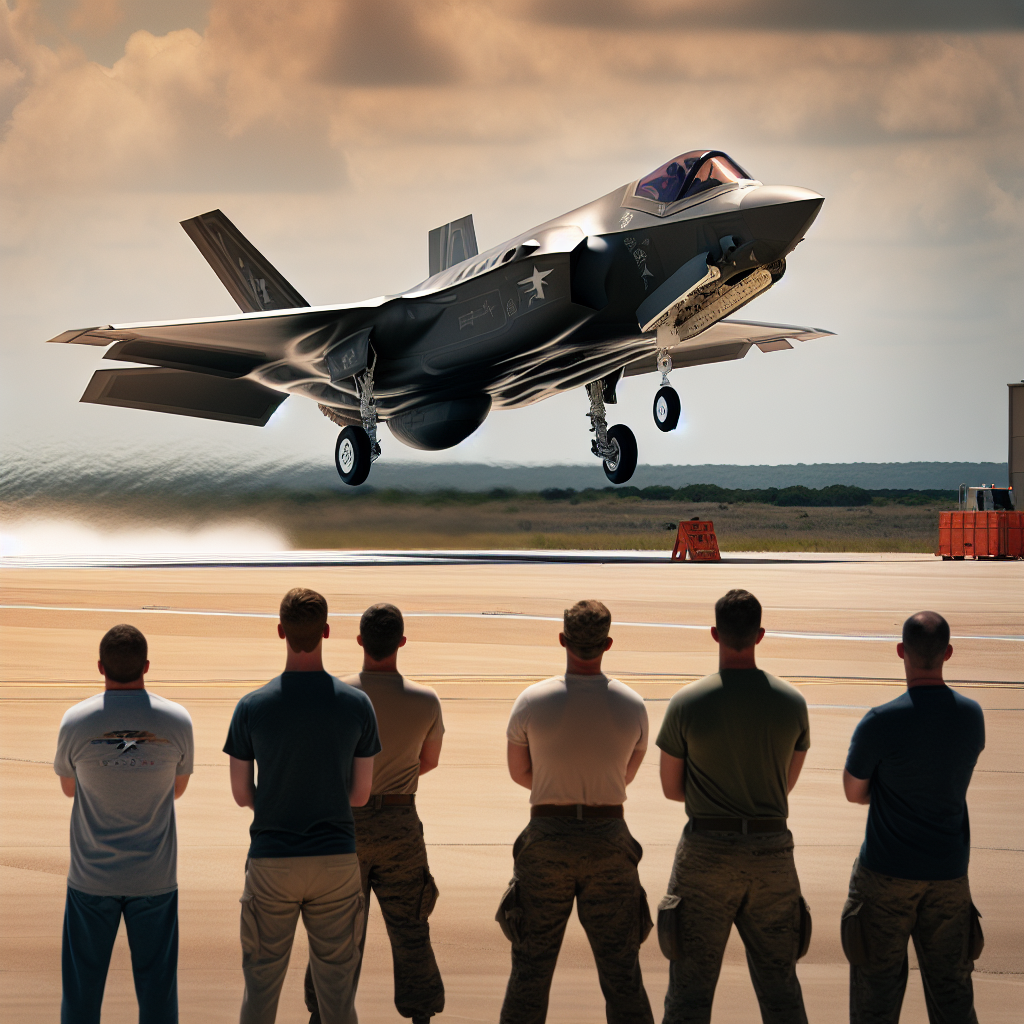Japan Air Self-Defense Force’s first F-35B fighter jet completed its inaugural test flight at the US Air Force Plant 4 in Texas, as captured by military enthusiasts. Originally scheduled for delivery in the 2024 fiscal year, the first batch of six out of the 42 F-35Bs ordered by the Air Self-Defense Force was delayed by a year due to Lockheed Martin’s reasons.
In preparation for the arrival of the first batch of F-35Bs, the Japan Air Self-Defense Force has established a temporary flight squadron at the Nyutabaru Base. The F-35B is a subtype of the fifth-generation stealth fighter F-35 with the capability of short takeoff and vertical landing, enabling operations on aircraft carriers or makeshift sites without a full runway. In contrast, the Air Force variant F-35A relies on conventional runway takeoffs and landings, while the Navy variant F-35C depends on aircraft carrier catapult launches.
With the exception of one F-35A that crashed in 2019, Japan currently has 42 F-35As in service at the Misawa and Komatsu bases. Additionally, another 62 will be produced at an assembly line in Nagoya, along with the upcoming 42 F-35Bs, making Japan the largest F-35 user outside of the United States.
To curb China’s expansion, the United States has devised the Island Chain Strategy, where Japan, along with Taiwan, the Philippines, Malaysia, and Singapore form the “First Island Chain” to restrict China’s Pacific entry. The US military has numerous bases and a sizable presence in Japan, highlighting Japan’s crucial role as a key ally in safeguarding the security of the Taiwan Strait.
In response to China’s rapid naval development, the Japanese Maritime Self-Defense Force is converting the Izumo-class helicopter carriers Izumo and Kaga into true aircraft carriers. This marks Japan’s first possession of fixed-wing aircraft carriers since World War II, with the F-35B serving as the carrier-based fighter for the Izumo-class carriers. The conversion of these carriers and the introduction of F-35B fighters are part of Japan’s efforts to bolster defense around the southwestern islands, which are in close proximity to China and have limited airbases suitable for conventional fighter operations.

